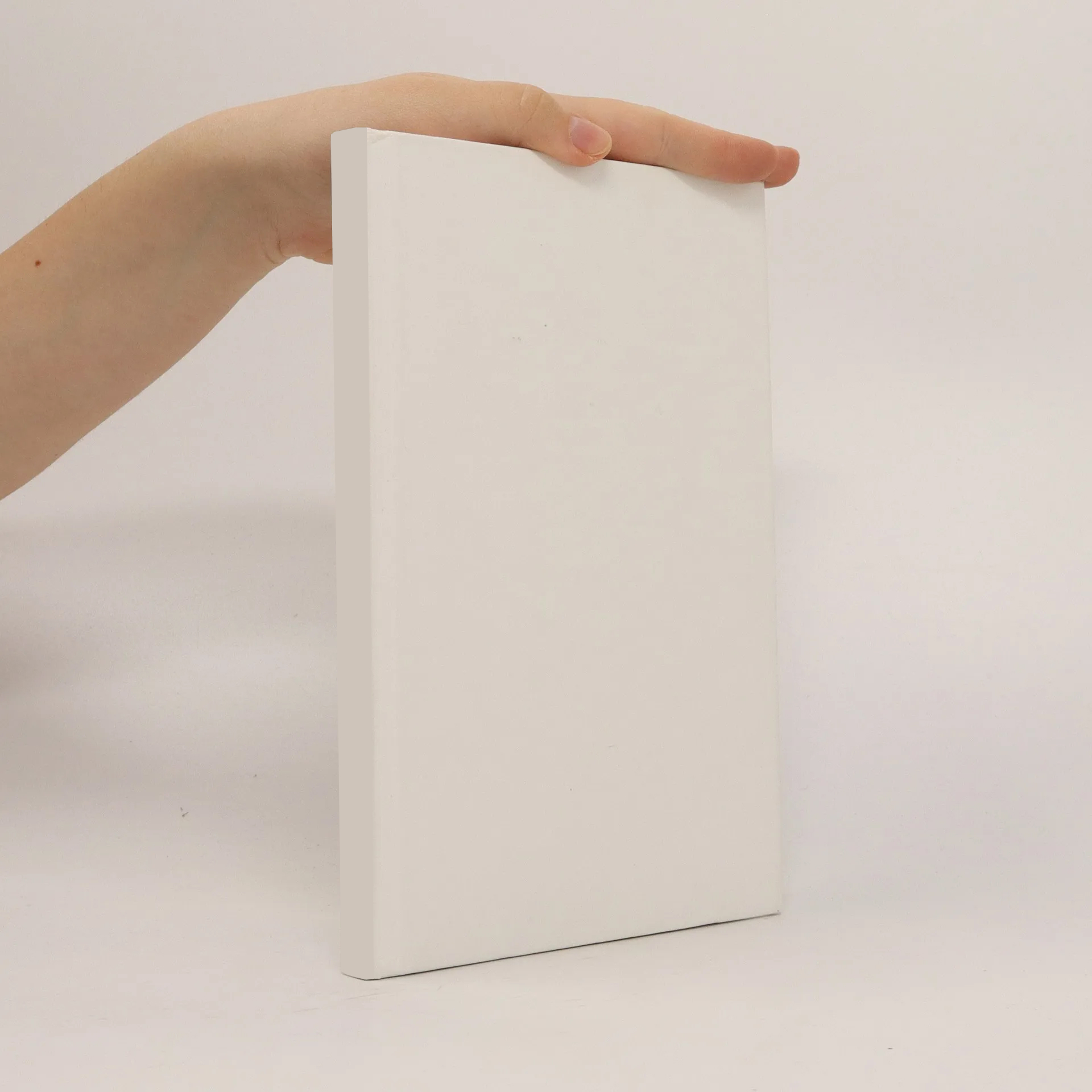Das Buch ist derzeit nicht auf Lager

Rewire Your Anxious Brain
How to Use the Neuroscience of Fear to End Anxiety, Panic and Worry (16pt Large Print Edition)
Autor*innen
Buchbewertung
Parameter
- 436 Seiten
- 16 Lesestunden
Mehr zum Buch
Exploring the neuropsychology of anxiety, this book delves into the roles of the amygdala and cortex in emotional responses. The amygdala triggers primal fear reactions, often without understanding the cause, while the cortex is responsible for worrying and rumination. Through evidence-based techniques and practical self-assessments, readers will learn to manage fear and anxiety by reprogramming these brain pathways. This empowering approach aims to enhance resilience and transform the way individuals respond to anxiety.
Buchkauf
Rewire Your Anxious Brain, Catherine M. Pittman, Elizabeth M. Karle
- Sprache
- Erscheinungsdatum
- 2016
- product-detail.submit-box.info.binding
- (Paperback)
Wir benachrichtigen dich per E-Mail.
Lieferung
- Gratis Versand in ganz Österreich
Zahlungsmethoden
Hier könnte deine Bewertung stehen.